What Are the Top Logistics Providers for Fast and Reliable Freight Shipping?
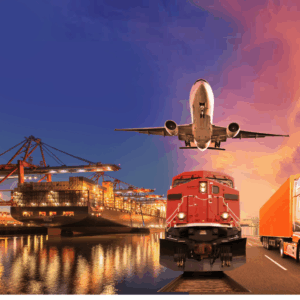
What Makes a Logistics Provider “Top” in Freight Shipping?
To be considered a top logistics provider, a company must demonstrate leadership in operational scale, modal diversity, and digital innovation. These providers manage not only the movement of goods across air, sea, and land but also the technological infrastructure that supports real-time tracking, predictive analytics, and automated quoting. Logistics companies today must integrate freight transportation, freight forwarding services, and international logistics under a unified platform. According to studies, such as “The Emerging Role of the Third-Party Logistics Provider,” logistics partners are no longer transactional intermediaries; they are orchestrators of the entire logistics chain. Heightened demands for visibility, flexibility, and service-level reliability drive this evolution.
A top logistics provider typically supports instant rates and online shipping quotes, offering both LTL (less-than-truckload) and FTL (full-truckload) coverage with optimized routing. Their platforms can synchronize cargo freight companies, regulatory documentation, customs clearance, and performance analytics. The future of intermodal freight, as explored by Konings and colleagues, highlights the importance of multimodal capabilities—specifically road, rail, and maritime—in developing sustainable and efficient logistics systems. Top freight companies in the USA and globally are extending their reach through cloud-based platforms, dynamic pricing engines, and machine-learning-powered quote optimization. These tools reduce reliance on manual processes and minimize volatility in pricing. 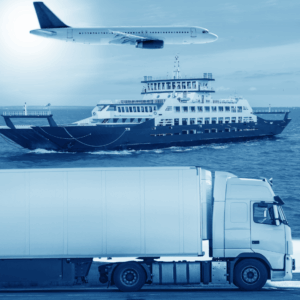
Supply Chain Integration and 3PL Orchestration
The concept of supply chain integration is central to understanding what distinguishes elite freight companies. Integration refers to the coordinated alignment of logistics services, data flows, and performance metrics across all supply chain functions. The study “Supply Chain Integration with Third-Party Logistics Providers” highlights how companies that strategically integrate with 3PLs achieve measurable gains in efficiency, cost control, and service reliability. Integrated logistics enables real-time decision-making across transportation modes, facilitating dynamic routing, responsive pricing, and seamless documentation handling.
Furthermore, the integration of freight technology tools—such as API connections, tracking dashboards, and automated compliance systems amplifies the impact of logistics services. The forwarder becomes not just a vendor but a strategic extension of the client’s operational ecosystem. This integration is vital when navigating international freight services, where customs regulations, port delays, and shipment tracking demand continuous coordination. Companies increasingly rely on digital freight companies to manage this complexity through centralized platforms that offer shipment visibility, freight quotes, and document validation in a unified interface.
According to The Emerging Role of the Third-Party Logistics Provider, the modern 3PL functions as an orchestrator that integrates internal and external supply chain nodes. This orchestration includes managing intermodal freight transportation, negotiating with cargo freight companies, and aligning insurance, customs, and invoicing processes under a single control tower. For businesses navigating high-volume shipping or complex international lanes, this integrated service is indispensable.
Digital Freight Forwarding and Market Volatility
Volatility in freight pricing and availability continues to challenge logistics planners, especially in air freight shipping and ocean freight services. The study “Dynamic Volatility Spillovers Across Shipping Freight Markets” reveals how shifts in one transport sector (e.g., dry bulk) create ripple effects across others (e.g., tankers). The research employs advanced econometric models to show that shipping markets are tightly interlinked, with volatility flowing between modes. Economic downturns, geopolitical events, or changes in trade regulations can trigger this volatility. The implication for shippers is clear: agility and access to real-time data are paramount.
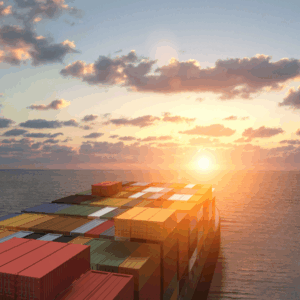
Moreover, digital platforms enable accurate forecasting through the use of data analytics. The Forward Pricing Function of the Shipping Freight Futures Market examines how futures markets serve as leading indicators of freight pricing trends. Logistics providers that integrate pricing signals into their rate engines can offer more competitive and stable freight quotes. This convergence of finance, data science, and logistics technology creates a new standard for modern freight companies.
The Role of Intermodal Freight and Route Optimization
The future of intermodal freight logistics lies in its ability to blend multiple transport modes into a unified service seamlessly. As documented in The Future of Intermodal Freight Transport, intermodal systems enhance supply chain flexibility and reduce environmental impact. Successful intermodal freight models rely on strategic terminal placement, container standardization, and the exchange of real-time information between stakeholders. Logistics providers capable of managing air, ocean, and land freight across multiple jurisdictions distinguish themselves through their ability to offer integrated, cost-effective solutions.
In practice, leading freight forwarders optimize intermodal routes using algorithmic planning tools that analyze transit time, cost, port congestion, and customs procedures. This level of optimization is only possible through robust IT infrastructure and collaborative frameworks between supply chain actors. The capability to manage multimodal shipments across 150+ countries, as demonstrated by ExFreight, reflects the direction of top-tier logistics services. From cargo pickup in rural inland regions to last-mile delivery in complex urban environments, intermodal integration ensures that freight flows are continuous, traceable, and efficient.
The challenge remains in coordinating disparate modal systems—each with its own pricing structures, regulations, and service limitations. Digital freight companies address this by offering a single interface that encompasses all freight transportation functions. With automatic calculation of best freight rates, access to instant rates for air and ocean freight, and integration with insurance and customs systems, these platforms redefine what it means to manage logistics at a global scale.
Frequently Asked Questions (FAQs)
What does “missing documents” mean?
This status indicates that your shipment requires export documentation, typically a commercial invoice, packing list, and export declaration, but the shipper has not yet provided these. Without this, the cargo cannot legally be exported, which can cause delays. It’s essential to upload all required documents before sending them out to avoid disruptions.
How do I file a damage claim?
If ExFreight arranged your shipment, the shipper, consignee, or a third party with a claim to the goods may file a claim. Required documents include a completed claim form specifying the damage or loss and how the amount was calculated, a bill of lading, the delivery receipt noting the damage, and an invoice or repair estimate. For air or ocean shipments, ExFreight will handle the claim directly. For truck-only shipments, ExFreight will assist in coordinating the claim with the carrier. Claims are generally resolved within 30 days.
What is the maximum limit for air freight?
If international conventions such as the Montreal or Warsaw Convention apply, the carrier’s liability is limited to 22 Special Drawing Rights (SDR) per kilogram, unless a higher value is declared. The applicable weight is based on the package involved in the loss or damage. Complaints must be made in writing within 14 days of delivery for damage or within 120 days for non-delivery. Legal action must be taken within two years from the delivery date or the date the aircraft was scheduled to arrive.
In today’s interconnected global economy, selecting among the top logistics providers is not merely a matter of cost; it’s a strategic decision that impacts every link in your supply chain. Freight companies that offer integrated freight shipping, technology-enabled freight forwarding, and proactive volatility management are leaders in the field. Research on supply chain integration and intermodal transport shows that the best providers function as orchestrators, connecting partners, data, and services across borders. ExFreight exemplifies this model by combining real-time freight technology, multimodal capabilities, and operational transparency. Whether you’re seeking the best freight rates, digital freight solutions, or international freight services, the future of freight lies in integration, automation, and brilliant orchestration. Choose wisely, and your logistics partner will become your competitive advantage.

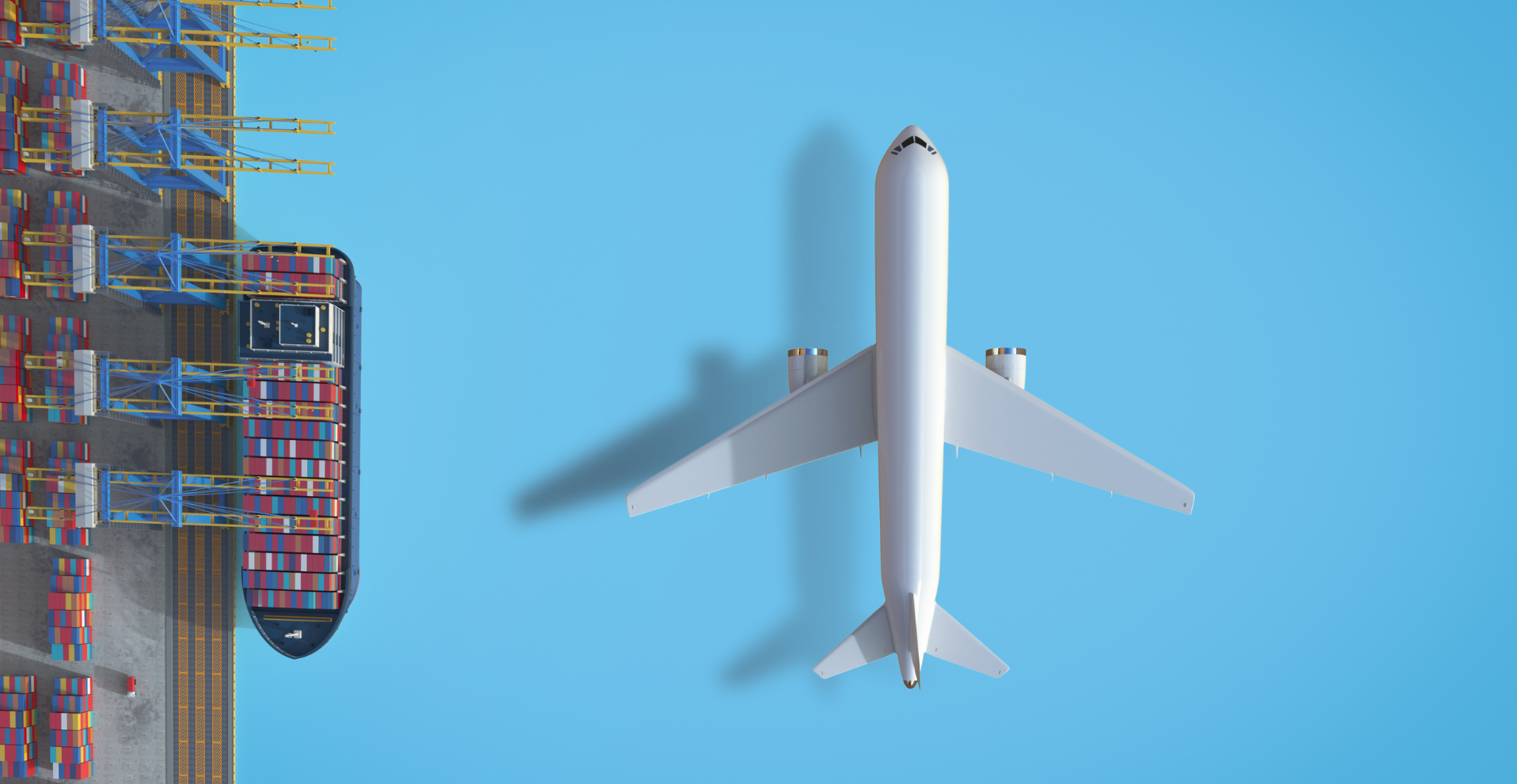
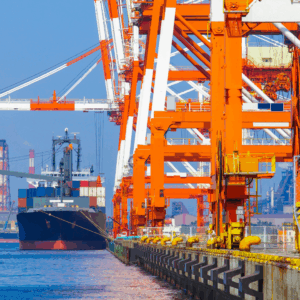

Leave A Comment
You must be logged in to post a comment.